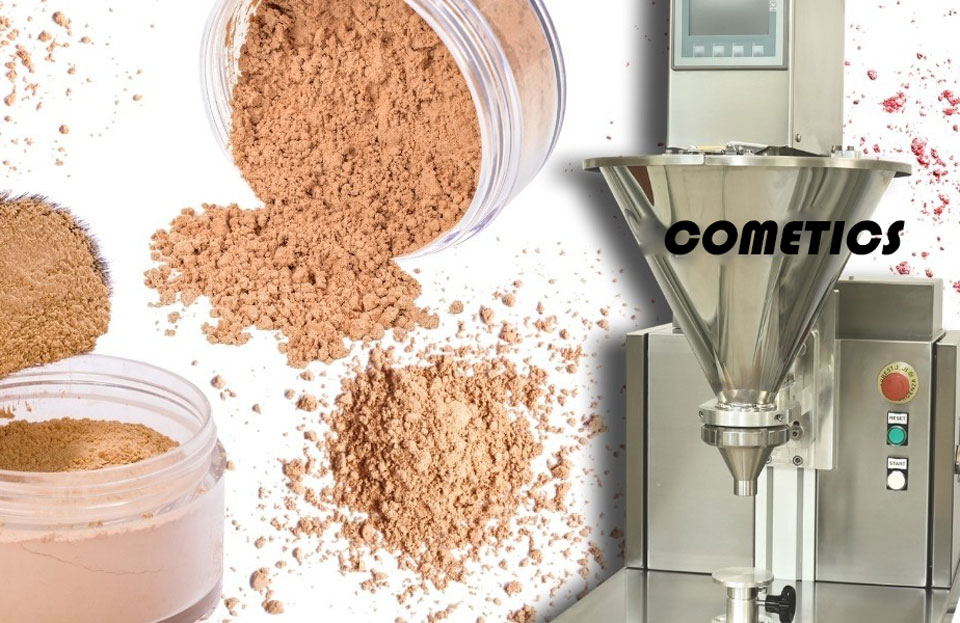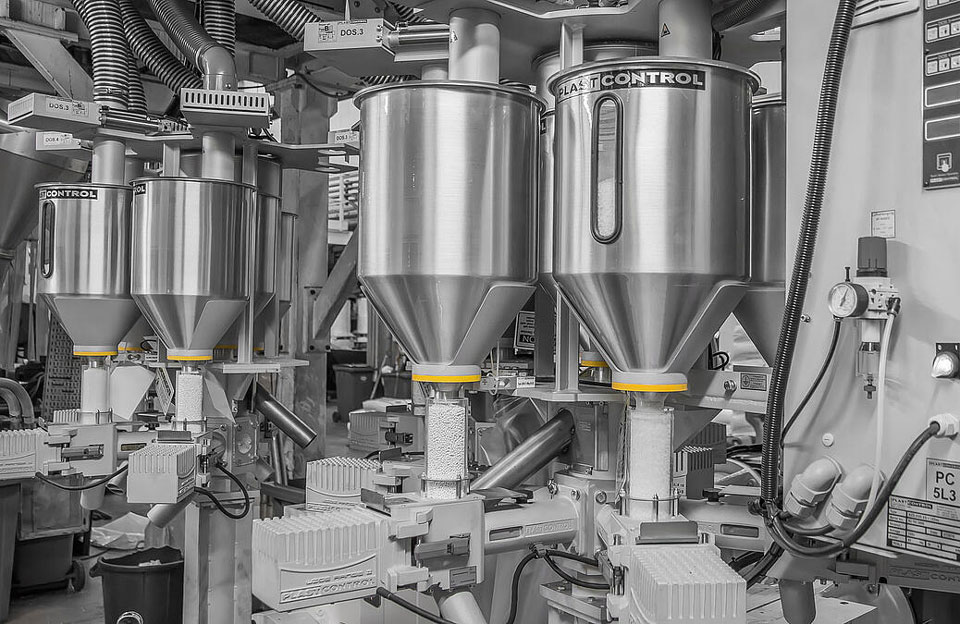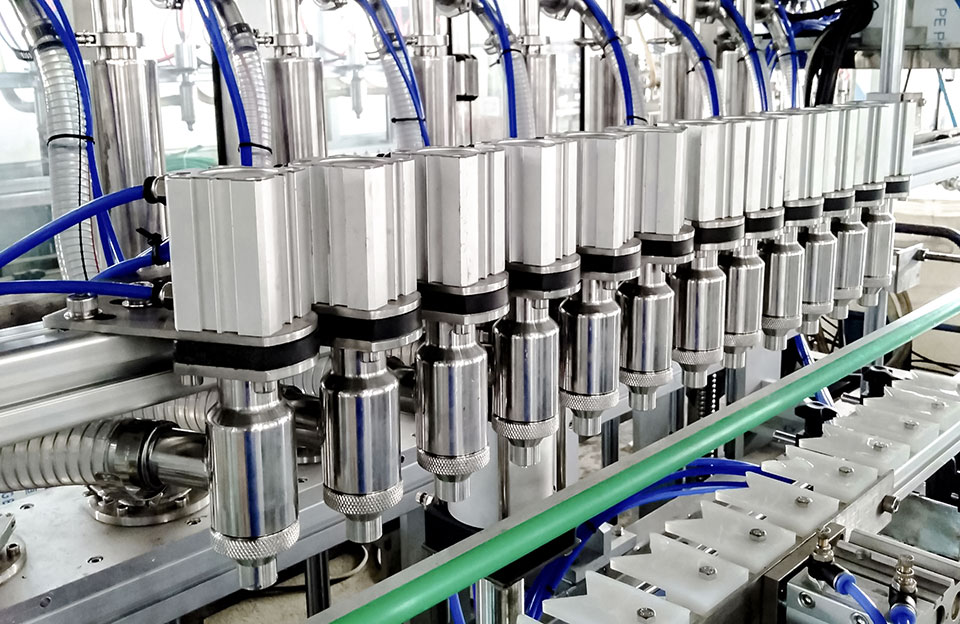Cosmetics can help individuals look their best, enhance self-confidence, and improve overall appearance while giving people a means of self-expression and creativity. Among thousands of cosmetics, powder cosmetics occupy an essential position. Facing the precise filling of powder cosmetics, the function and performance of powder cosmetic filling machines are also improving daily.
Powder Filling Machine Market Overview
A cosmetic filling machine is used to fill liquid or powder in cosmetics. There are different types of automation for cosmetic filling machines, such as manual cosmetic filling machines, semi-automatic cosmetic filling machines, and automatic cosmetic filling machines. The cosmetic filling machine helps to fill cosmetics at a higher filling speed, thus saving filling time. In addition, the cosmetic filling machine reduces human error and realize the precise filling of powder cosmetics.
According to research by Future Market Insight, the filling machine market is expected to reach a valuation of US$426.3 million in 2024 and further expand at a CAGR of 3.8%, reaching US$619.0 million by 2032. Based on automation, the automatic cosmetic filling machine segment will continue to lead among other automation segments owing to the widespread adoption of the latest technologies and automation in end-use industries.
How to Realize the Precise Filling of Powder Cosmetics?
Powder-filling machines employ various mechanisms and technologies to achieve precise filling.
- Auger Filling: Auger filling is a popular method used in powder-filling machines. It involves an auger screw that rotates within a hopper, transporting and dispensing the powder into the containers. The speed and rotation of the drill can be adjusted to control the amount of powder dispensed. Auger filling machines often feature controls that allow operators to set precise measurements, ensuring accurate filling.
- Weight-Based Filling: Some powder-filling machines utilize weight-based filling mechanisms, which are equipped with load cells or scales that measure the weight of the container during the filling process. The machine continuously monitors the weight and automatically stops filling when the desired weight is reached. This method is commonly used to fill applications with critical accuracy, such as pharmaceuticals or chemicals.
- Volumetric Filling: Volumetric filling is another method used by powder-filling machines. It relies on predetermined volumes to dispense powder into containers, which machine is calibrated to fill a specific powder volume for each cycle. This method is suitable for powders with consistent density and flow characteristics.
- Fill-by-Weight Feedback: Some advanced powder-filling machines incorporate fill-by-weight feedback systems and systems that continuously measure the weight of the container during the filling process and adjust the filling rate accordingly. If the weight deviates from the desired target, the machine can increase or decrease the powder flow rate to maintain accuracy. This real-time feedback loop helps compensate for variations in powder density, flow, or other factors, ensuring precise filling.
- Servo-driven Technology: Powder filling machines may utilize servo-driven technology to control the filling process. Servo motors provide high-precision motion control, allowing for an accurate auger or filling mechanism positioning. This technology enables precise start and stops positions, controlled filling speeds, and the ability to fine-tune the filling process for different powder types or container sizes.
- Calibration and Controls: Powder filling machines often feature calibration options and controls that allow operators to set specific filling parameters. These parameters may include the desired weight, volume, or other measurement units. The machines can be calibrated to ensure accuracy and consistency across multiple filling cycles. Advanced controls may include touchscreen interfaces or programmable logic controllers that precisely control the filling process.
- Testing and Validation: Manufacturers of powder filling machines often conduct testing and validation processes to ensure accurate and reliable performance. These processes involve running the machine with different powder types and container sizes, measuring the output, and making necessary adjustments. The machine’s performance is verified through testing and validation, and any deviations or inaccuracies are addressed.
Conclusion
In recent years, the steady growth of the cosmetic industry has boosted the demand for powder cosmetic filling machines. At the same time, the filling machine has brought efficiency to the cosmetics industry, enabling precise filling of powder cosmetics, helping companies simplify operations, maintain product quality, and effectively meet customer needs, thereby improving overall productivity.


